A Tale of Two (GM) Books
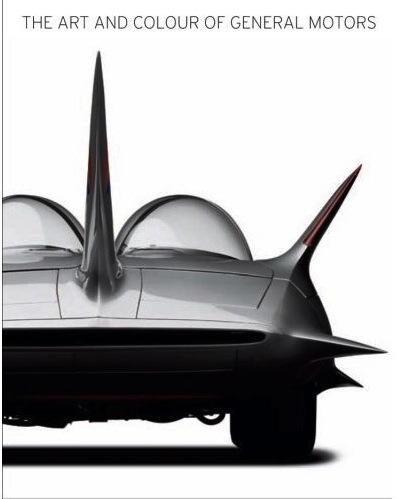
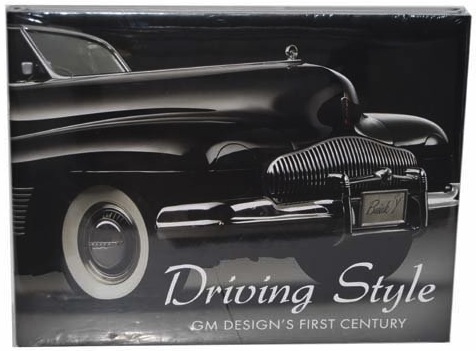 A Tale of Two Books — with apologies to Charles Dickens
A Tale of Two Books — with apologies to Charles Dickens
It is simply human nature that you have likely clicked ahead to those “vital statistics” to see how much these books cost before even starting to read these words about them. It is just as likely that, generally speaking, you are already accustomed to automotive books being a bit pricey as they are usually well produced and printed in smaller quantities over which the costs of publishing must be amortized. Then too, there are the economic concerns that everyone seems to have these days. It all means that you are probably being even more selective with how you use those funds that you allocate to your hobby. So it’s our job at SpeedReaders.info to explain the books, and give you our unbiased assessment to help you better make your buying decisions.
Both of these books are beautifully produced—over-size, printed on high quality papers, good bindings, excellent image reproduction, and have interesting, well-crafted text. That text, again in both books, is not attributed to a single author. The idea of both books was prompted by GM’s centenary and there the similarities end. One book was created in partnership with and licensed by GM, while the other is entirely an independent project.
So while it’s delightful to have both books on the library shelves, if you must choose just one, here’s how I see it.
If you are learning about the origins, history and lore related to automobiles and the hobby, you will likely find the information on the pages of Coachbuilt Press’ The Art and Colour of General Motors of greater value. However, if you are one of those who regularly stumps your fellow hobbyist with your accuracy regarding dates, names, models and years, you are more likely to discover bits to add to your trivia repertoire on the pages of Driving Style, GM Design’s First Century.
Driving Style is the book that is licensed by GM. It was produced under corporate sanction and even more importantly, with direct input from the designers—active and retired alike. The text is presented in segments, one for each styling era/head of design, commencing with Harley Earl, then Bill Mitchell, Ed Rybicki, Chuck Jordan, Wayne Cherry and concludes with current design chief Ed Welburn—describing the company history via the vehicles designed during “the watch” of each man. (An aside here. Artist Doug Didia, himself a retired GM design staff member, created portraits of each design chief that open those individual segments. Those portraits are nothing short of superb.)
Art and Colour has segments too. But this presentation is topical and each segment/topic has a different writer, referred to as essayists. Phil Patton, familiar to PBS listeners and NY Times readers, pens the opening segment on “Inventing GM Design”. Larry Gustin, retired from a GM-division public relations position, writes the seventh segment titled “New Challenges in the Post-oil Crisis Era”. The aforementioned Ed Welburn writes the next to last segment, “Camaro, The Evolving Design Process”, with Ken Gross authoring the concluding tenth segment, “General Motors in the 21st Century”. The photography is stunning and that’s no surprise as much of it has been created just for this book by the renowned Michael Furman. (Furman is one of the owners of Coachbuilt Press, the book’s publisher.)
Both books were conceived, written and produced well before the business revelations and events of 2009. Beside which, neither book was ever intended to be a critical analysis, but rather a celebration that acknowledged General Motors as it marked its centenary. And for just those reasons, one or both of these volumes ought to be seriously considered as additions to your library so that you too can be reminded of all that has taken place and become part of GM’s lore.
Copyright 2009, Helen V Hutchings (speedreaders.info)
(rewritten and adapted from review first published in September 2009 The Buick Bugle, the magazine of the Buick Club of America)


 RSS Feed - Comments
RSS Feed - Comments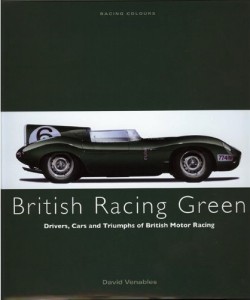
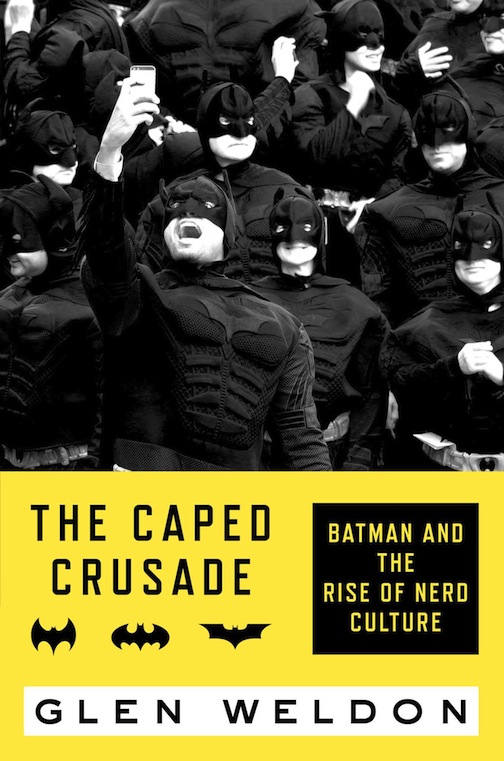
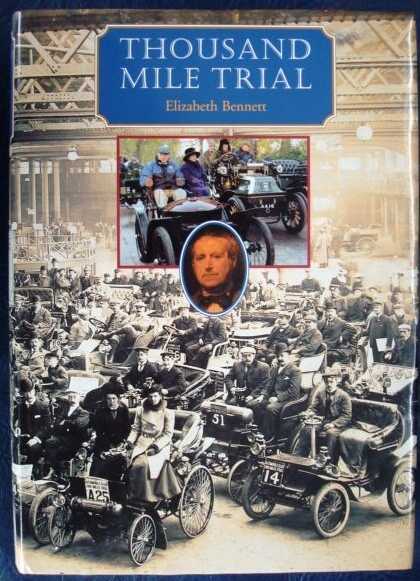
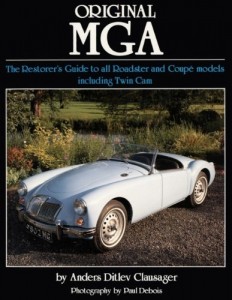
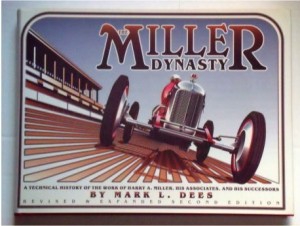
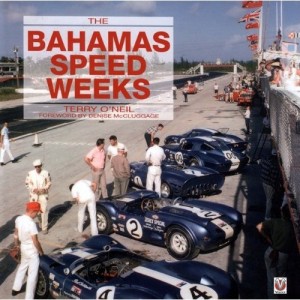
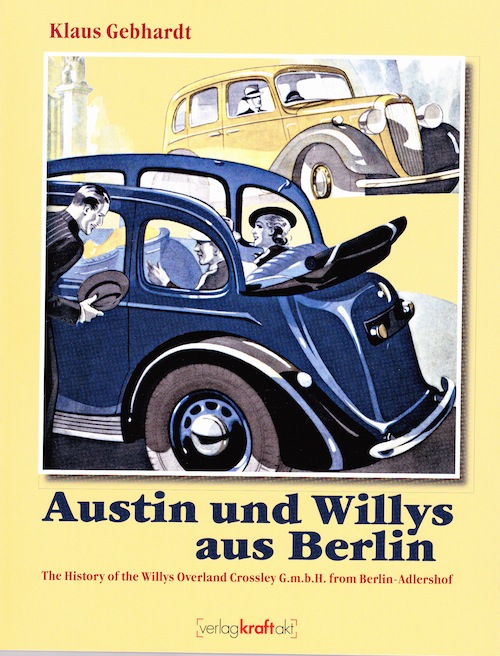
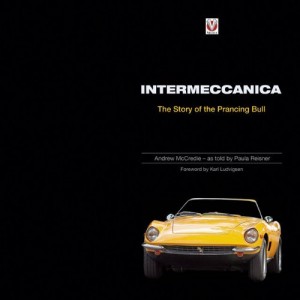
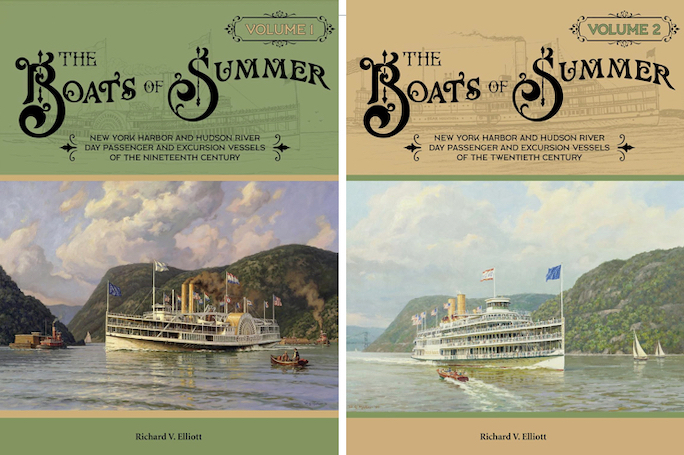
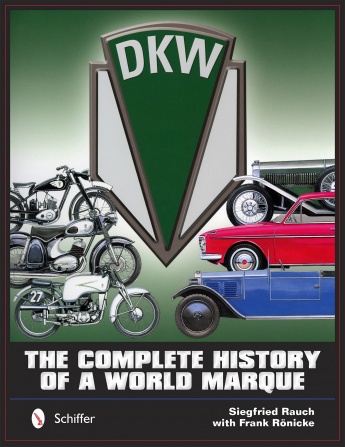

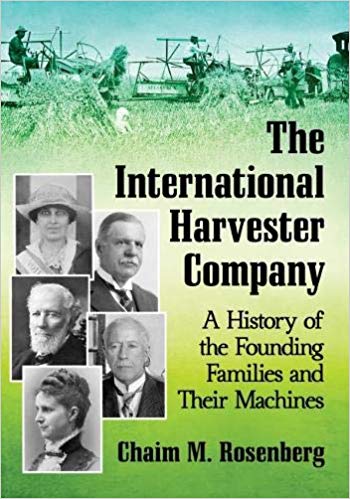

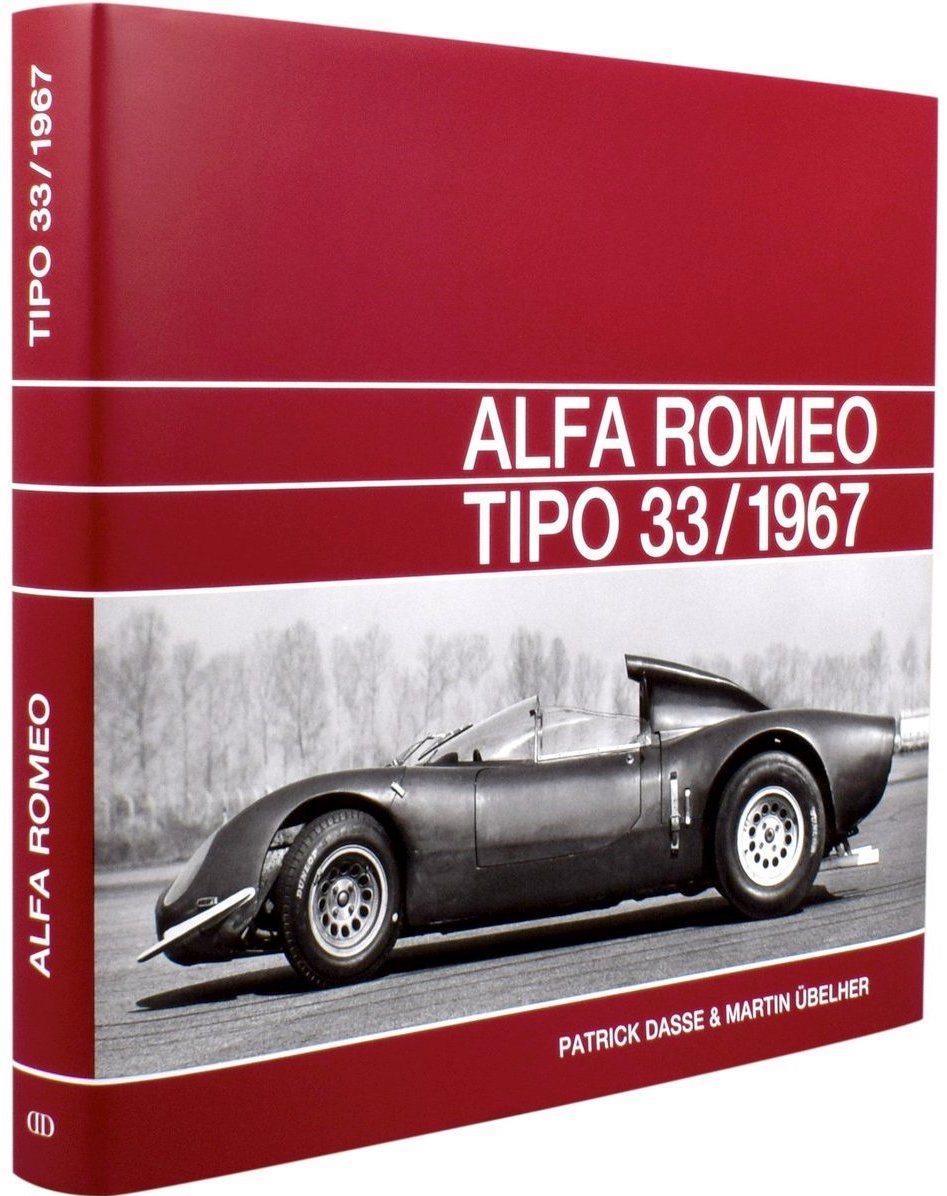

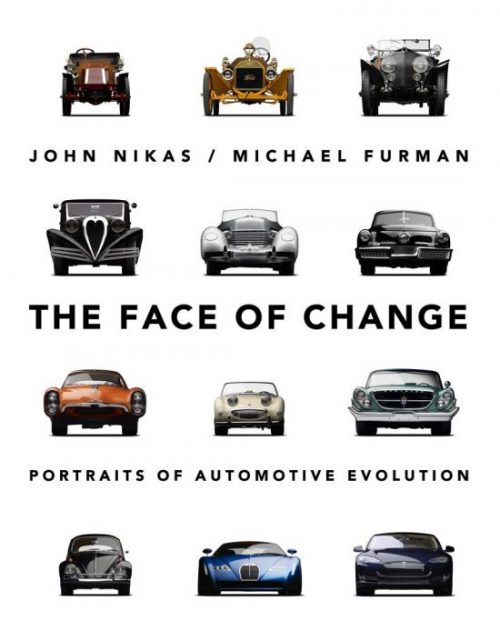
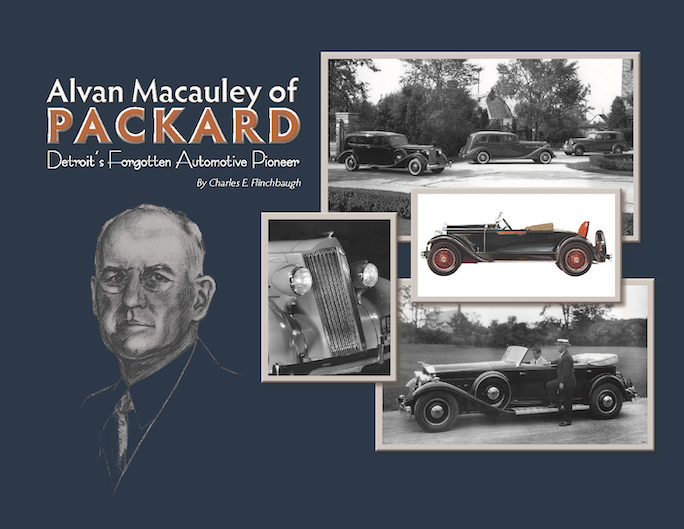


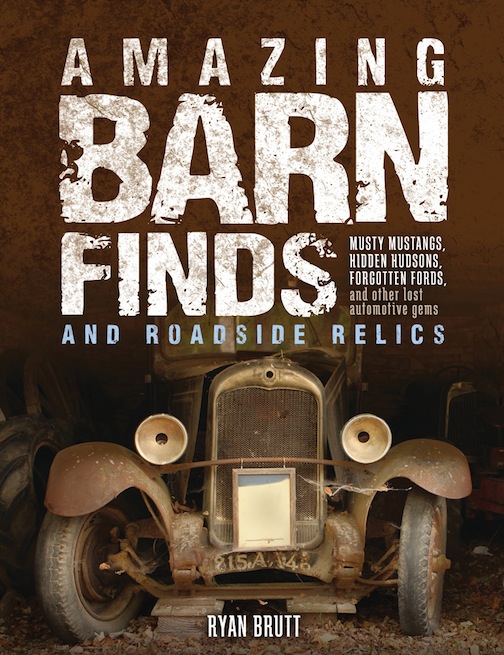


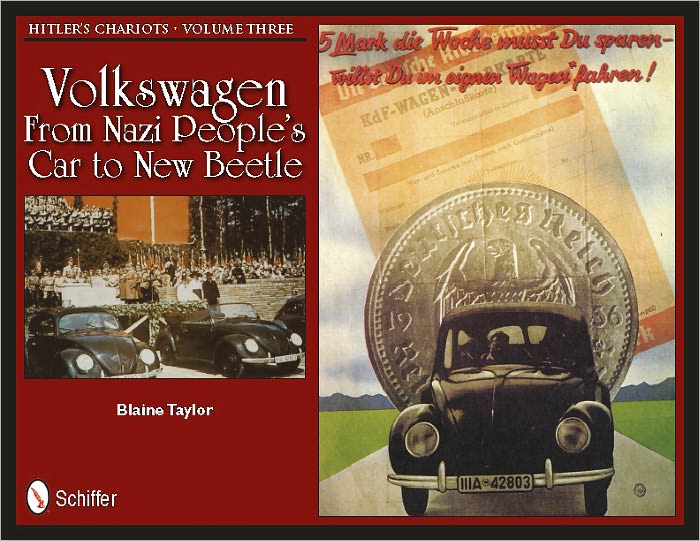
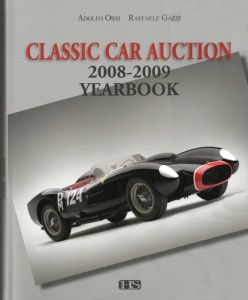

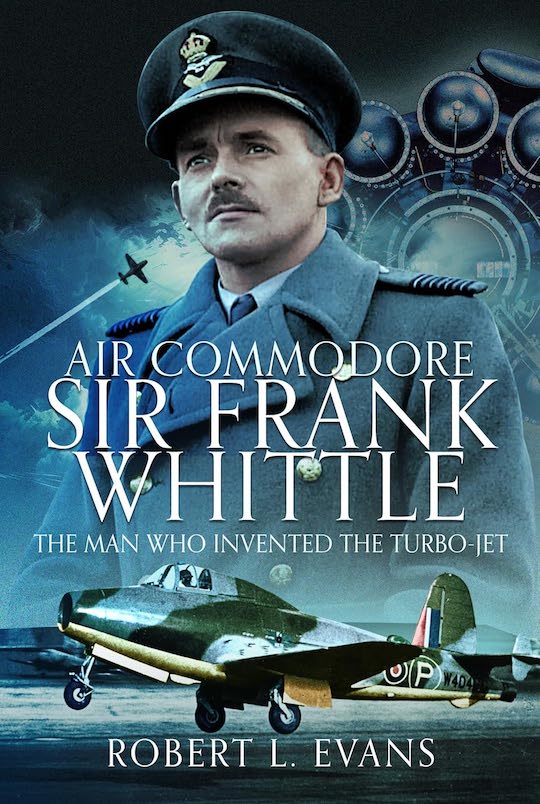
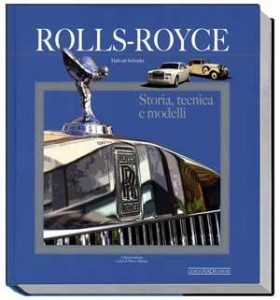


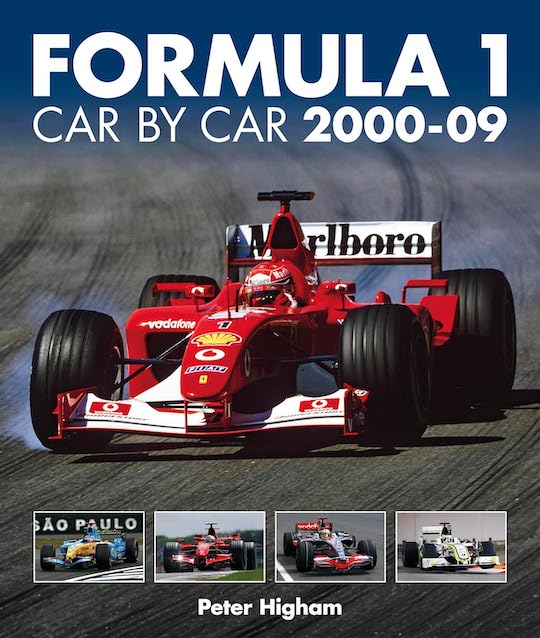
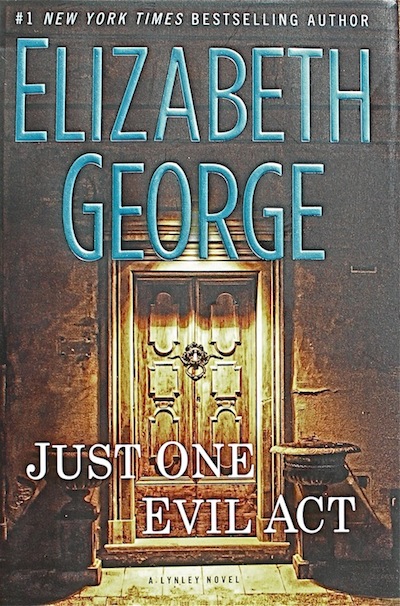

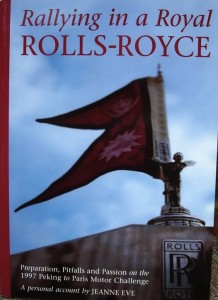
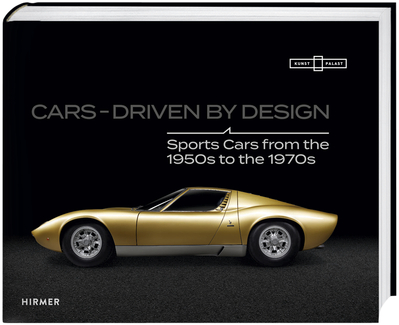
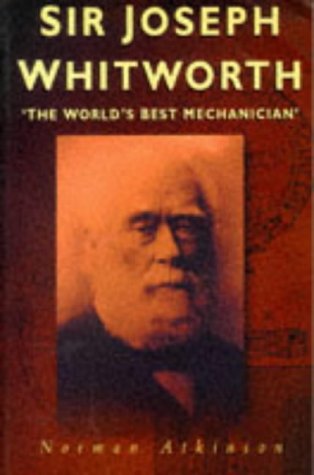



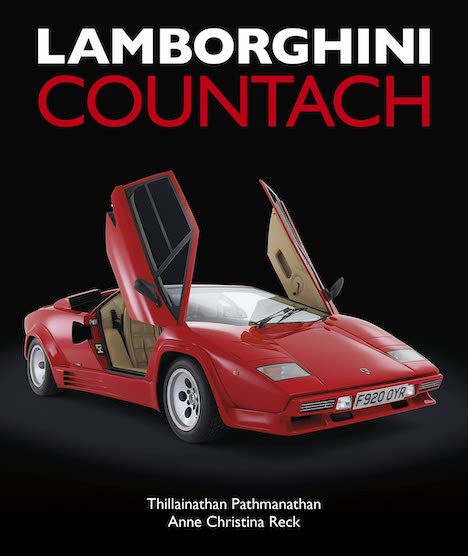
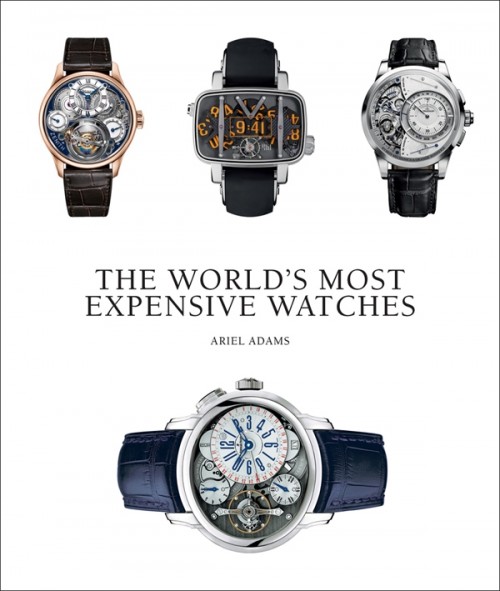
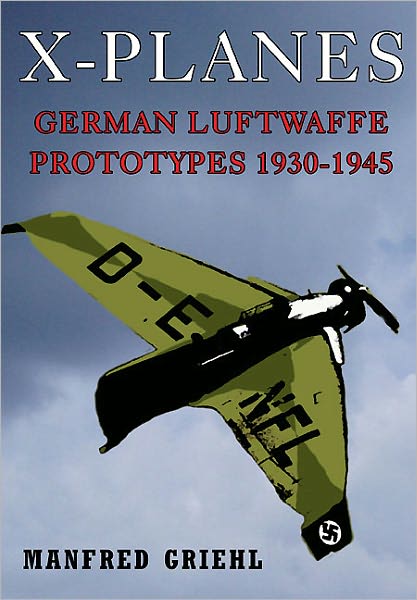



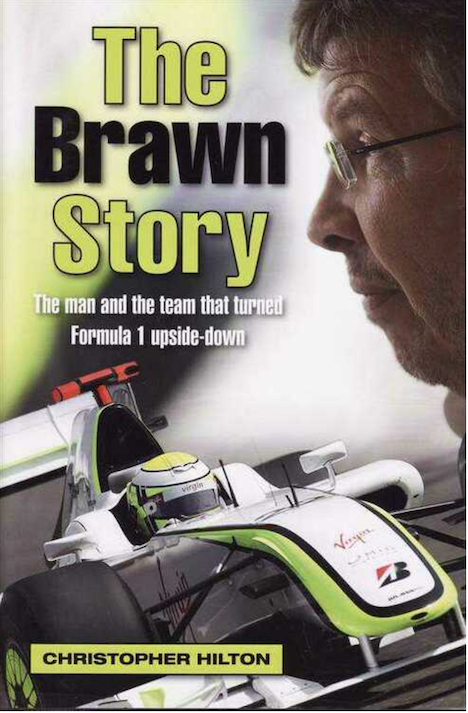
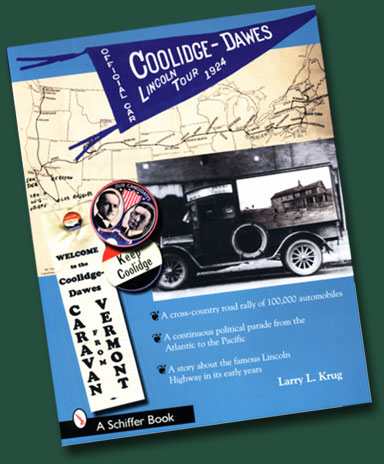
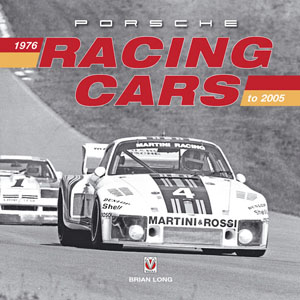


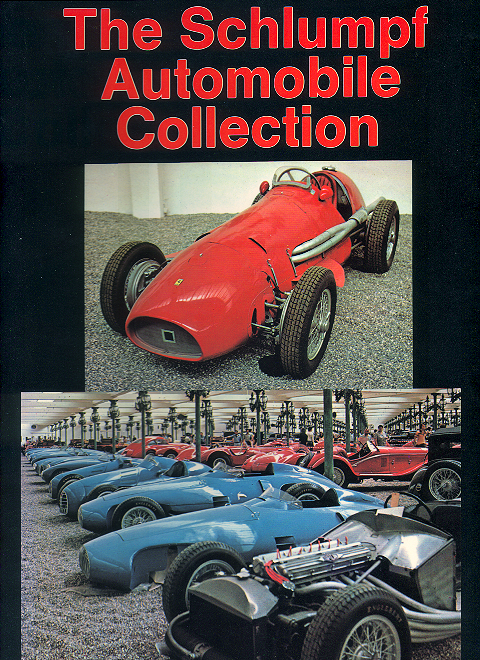

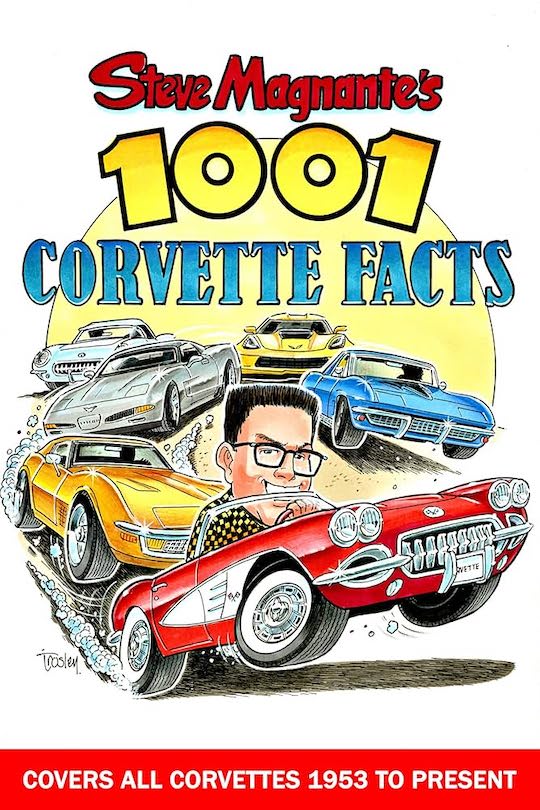
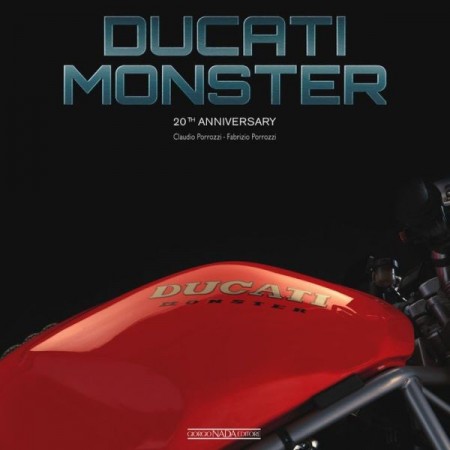


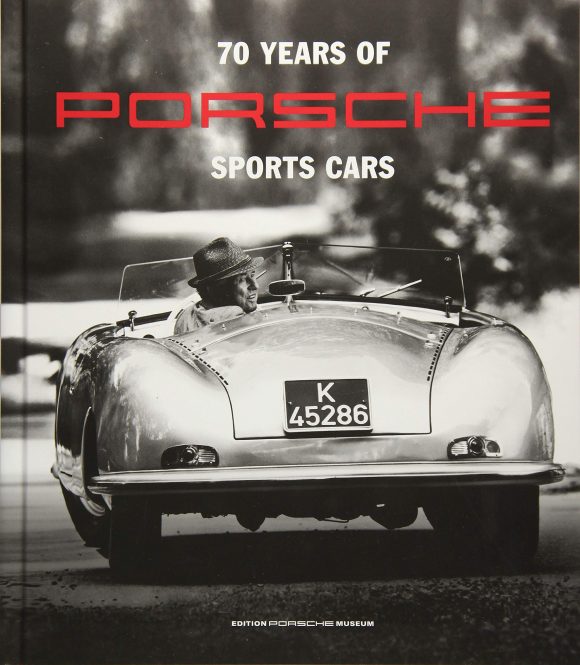


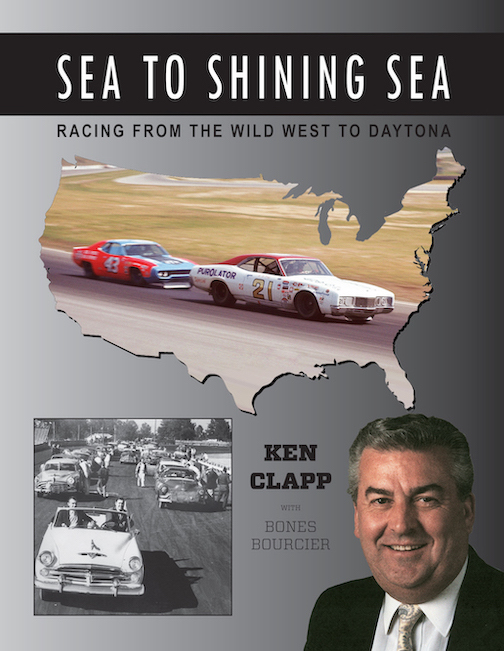

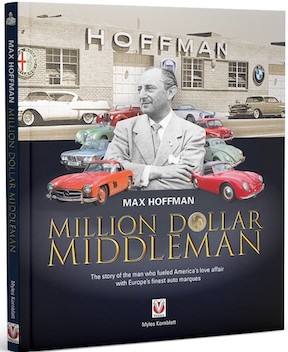




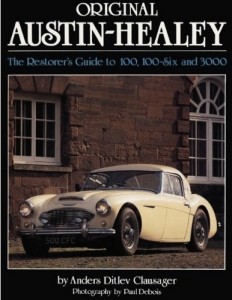
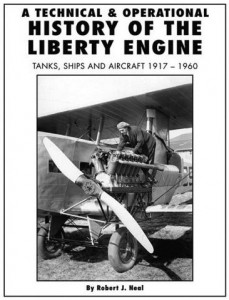
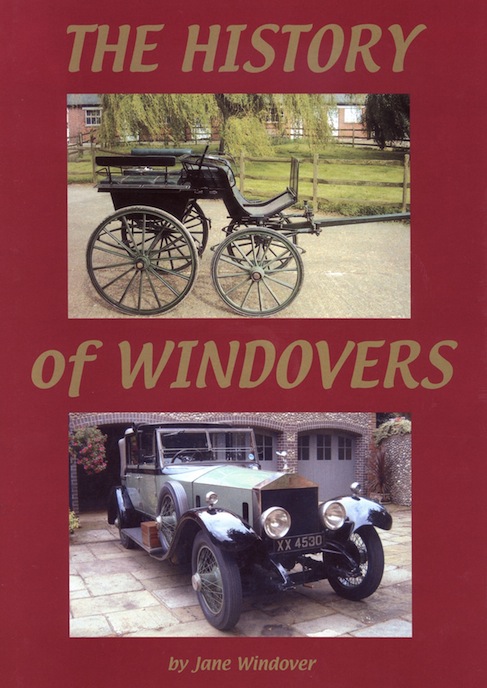

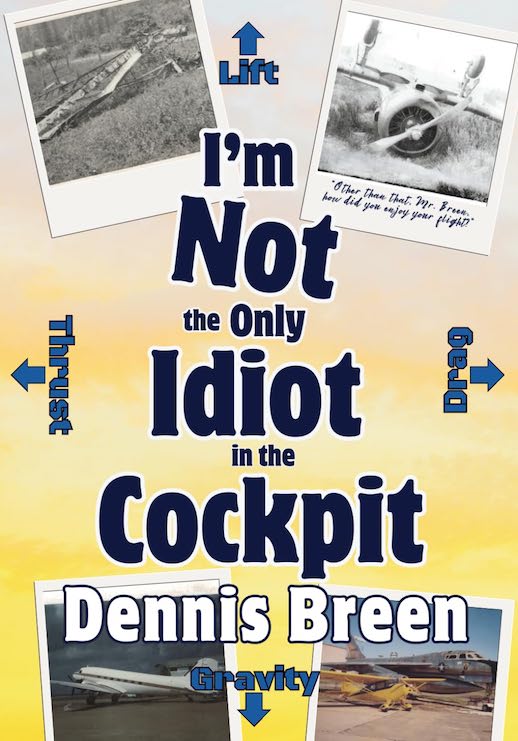

 Phone / Mail / Email
Phone / Mail / Email RSS Feed
RSS Feed Facebook
Facebook Twitter
Twitter